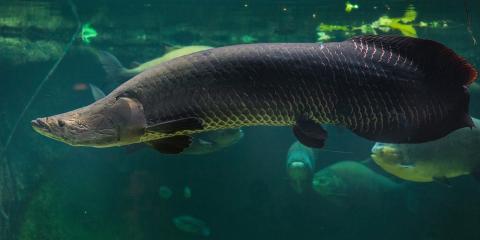Physical Description
Size
Native Habitat
White-eyed vireos prefer semi-open areas like forest edges, swamplands, and pastures with lots of thickets and overgrowth.
Breeding grounds include much of the eastern and central United States. During the winter months, they inhabit coastal areas of the southeastern U.S., Mexico, the Caribbean, and northern Central America.
Lifespan
Communication
Food/Eating Habits
White-eyed vireos flit energetically among shrubs and thickets in search of insects, which they pick from foliage. During migration and winter months, they expand their diet to include berries.
Due to their habit of searching for food among thick tangles of vegetation, white-eyed vireos can be difficult to spot by birdwatchers.
Sleep Habits
Social Structure
Reproduction and Development
In the early spring and summer, males have several calls that they sing to both attract females and defend their territory from other males. When a potential mate enters their territory, the male will engage in a courtship display that includes fluffing his plumage, spreading his tail, and singing.
After coupling up, females build cup-shaped nests, often a few feet off the ground, placed in the fork of two branches of a shrub or small tree. The female lays three to five eggs, which are white with dark spots. Both parents take turns incubating the eggs, which hatch after about two weeks, and share the responsibility of feeding and caring for their hatchlings. Hatchlings need about two weeks of care until they are ready to leave the nest.
Conservation Efforts
White eyed vireos are considered common and not at risk, so minimal efforts have been made to conserve this species.
Help this Species
- Be a responsible cat owner, and keep cats indoors or under restraint when outside. Never release animals that have been kept as pets into the wild.
- Avoid single-use plastics, such as plastic bottles, bags and utensils. Choosing reusable options instead can help reduce plastic pollution.
- Conservation starts with you! Join a citizen science project, such as FrogWatch or Neighborhood Nestwatch, where you can help collect valuable data for scientists. Encourage your friends and family to get involved too.
- Plant native flowers in your garden to help feed resident and migrating pollinators. You'll make your lawn beautiful and help wildlife at the same time!



